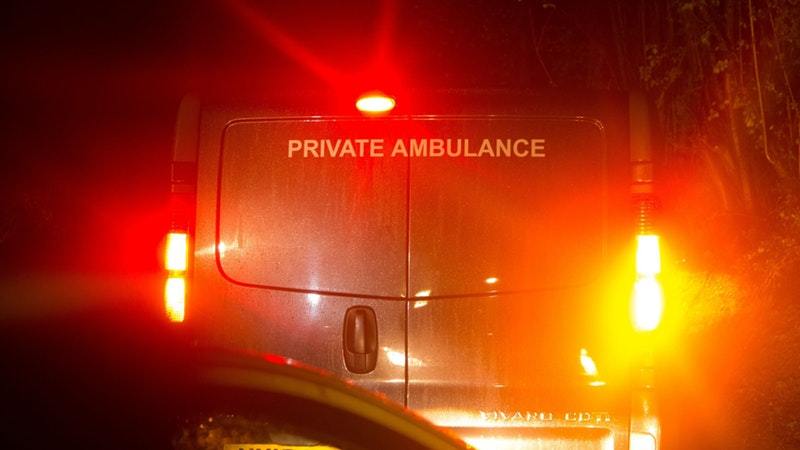NHS spending on private ambulances has risen by more than a fifth in two years to reach over £78 million, new figures show.
Data collected by the Press Association revealed that ambulance trusts across the country are using private firms to help them answer 999 calls and transport people to hospital.
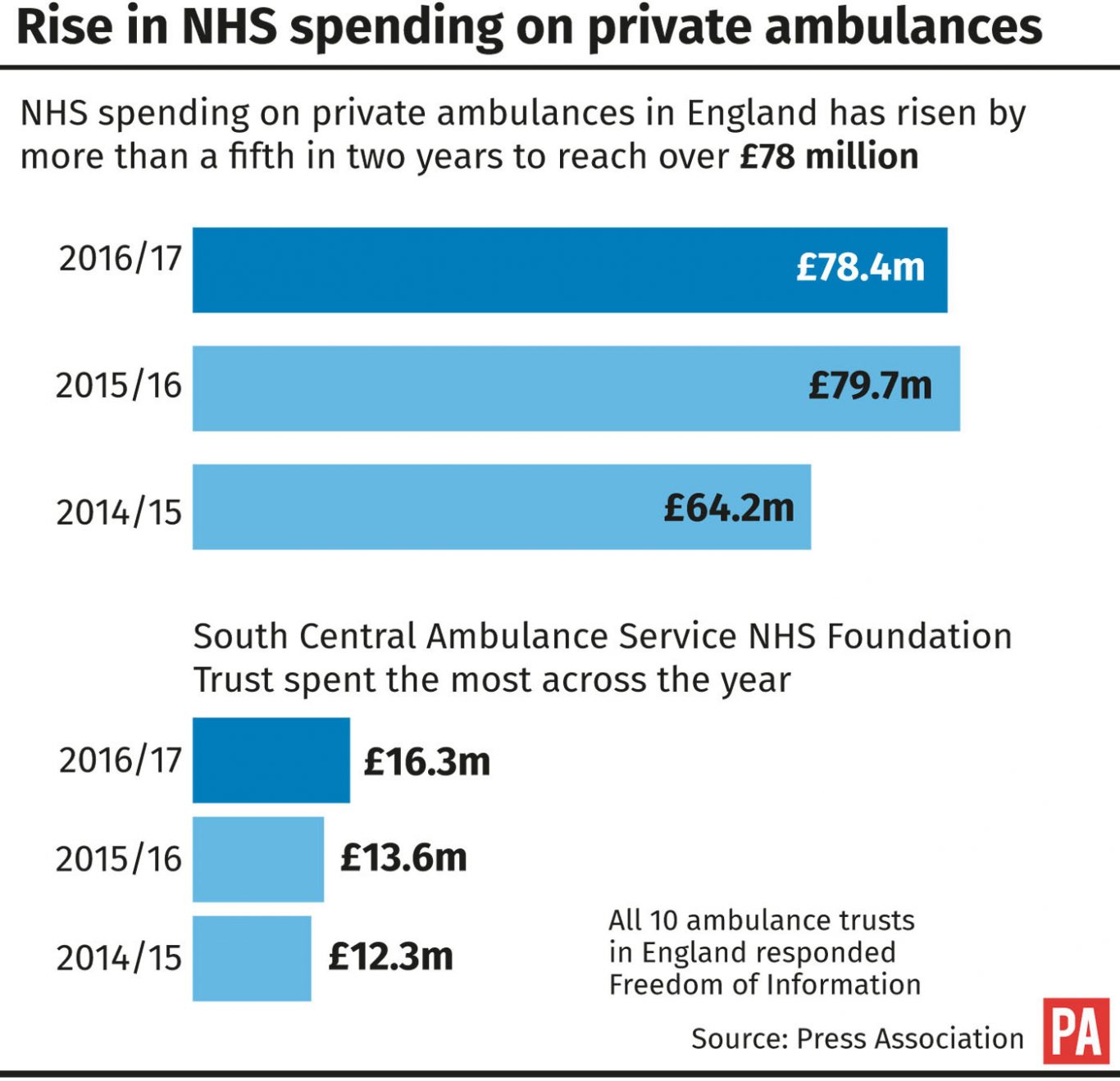
The figures also showed that some trusts are having to spend more on certain groups of temporary staff, including emergency paramedics.
All 10 ambulance trusts in England responded to Freedom of Information (FOI) requests on how much they spent on private ambulances over the last three years.
In 2016/17, £78,359,087 was spent, similar to the £79,678,733 in 2015/16, but up 22% on the £64,201,770 in 2014/15.
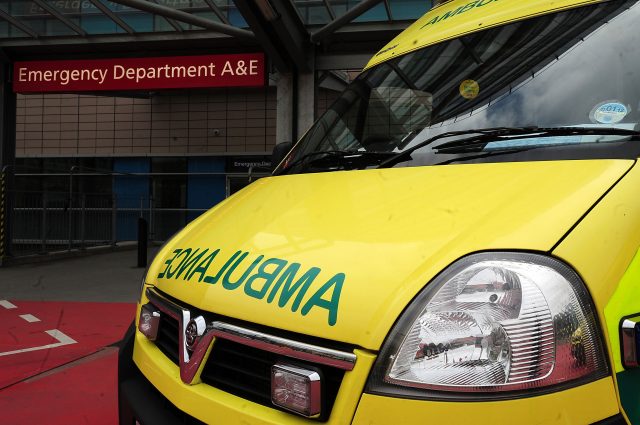
South Central Ambulance Service NHS Foundation Trust spent the most across the year. It spent £16,336,000 in 2016/17, up from £13,610,000 the year before and £12,292,000 in 2014/15.
The next biggest outlay was by the East of England Ambulance Service NHS Trust, which spent £14,012,429. The year before, it had a bill for less than half of that, at £6,639,335.
Another big spender was the South East Coast Ambulance Service NHS Foundation Trust, which spent £11,176,000 in 2016/17.
Private ambulances are hired from private firms as well as charities such as St John Ambulance and the Red Cross.
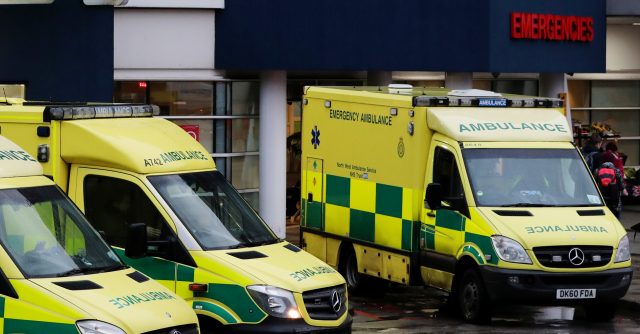
Experts said soaring demand was behind the need for them, as well as problems moving patients through hospitals, which means NHS ambulances cannot be freed up.
The Royal College of Emergency Medicine’s president Dr Taj Hassan said: “It is concerning that trusts are having to use part of their budget for private ambulances, and serves to highlight the current levels of demand emergency departments are facing.
“Under-resourced departments are struggling with overcrowding and ‘exit block’, when patients cannot be moved in a timely manner to a ward.
“This means patients are waiting longer to be seen and ambulances cannot offload patients quickly, because there is simply no room for them.
“Ambulances then have to queue outside emergency departments for longer than should be necessary, delaying them from getting back out into the community, and creating a need for private ambulances.”
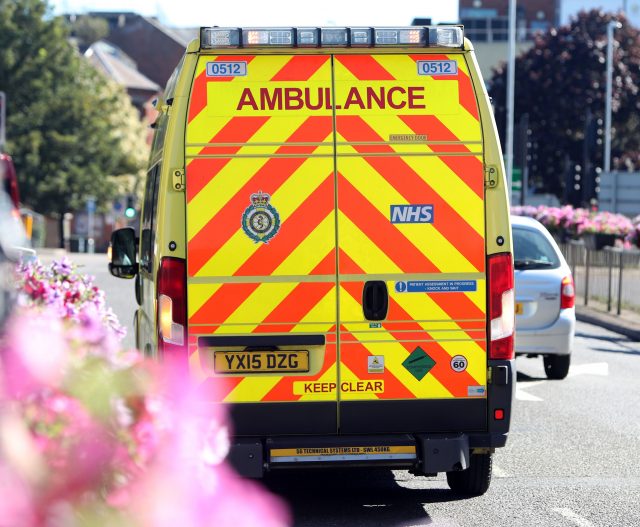
Dr Hassan also expressed concern about the quality of training offered by private firms.
“The Care Quality Commission has previously highlighted that they may use less qualified staff or staff whose qualifications aren’t regulated or restricted,” he said. “They may be poorly equipped, have poor clinical governance, poor infection prevention, and a lack of or inappropriate equipment.”
Jonathan Street, spokesman for the College of Paramedics, said NHS ambulance staff were “under heavy pressure due to growing numbers of 999 calls”.
He added: “These services are increasingly reliant on paramedics and other ambulance clinicians within the private sector to meet the demand, which involves considerable cost.”
He said a high turnover of NHS staff was affected by levels of stress, increasing workloads and paramedics wishing to work in other areas.
He added: “Large numbers of students are currently studying degree-level paramedic education.
“The college is confident that increasing numbers of qualified paramedics in the next few years will see a reduction in the need for reliance on the private sector routinely, saving them for use only at times of surges in demand.”
A spokesman for the Independent Ambulance Association said the main reasons for a rise in private ambulance use in the last two years are “staff shortages in NHS ambulance trusts combined with continued increases in demand”.
He said there were several benefits of using independent firms, including flexibility and good value for money as “it’s cheaper for the NHS than paying overtime”.
He said the standard of care was “no different” to that offered by the NHS, and all providers are registered with the Care Quality Commission and subject to the same inspection standard as NHS ambulance trusts.
A Department of Health spokesman said: “The ambulance service answers more than 10 million calls every year and the vast majority of patients get an excellent service.
“Occasionally, ambulance trusts use other providers including St John Ambulance to help with spikes in demand, and these providers are subject to the same rigorous safety and quality inspections as NHS ambulances.”

